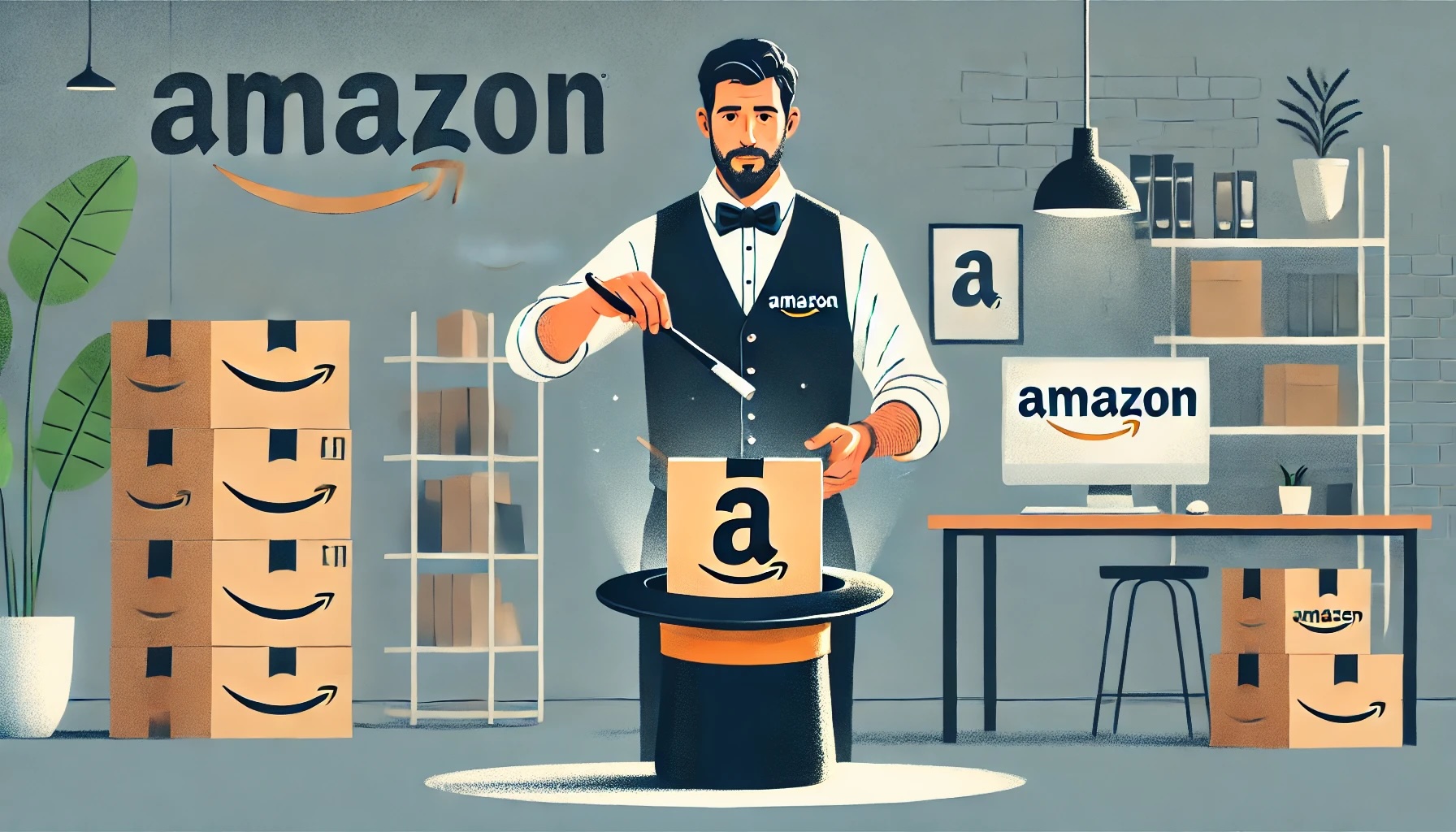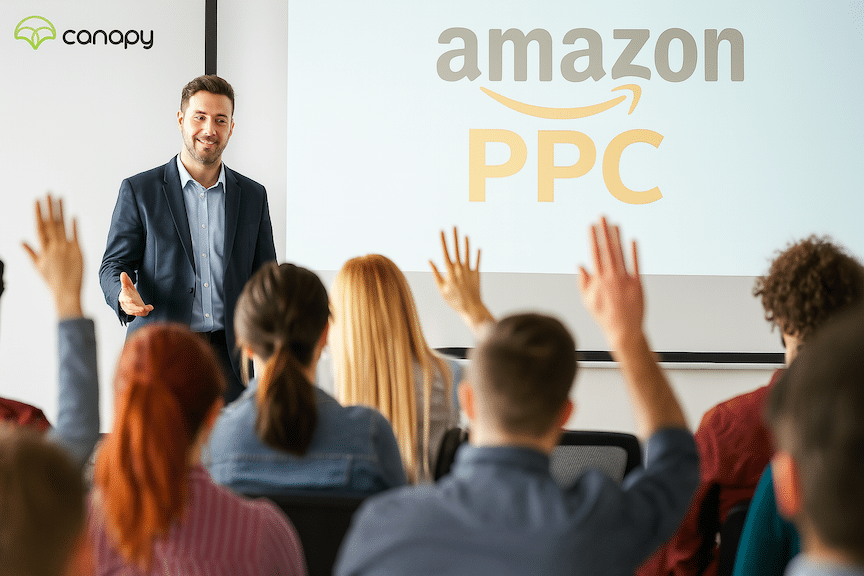Amazon PPC Advertising Costs – A Breakdown of What to Expect
How Much Does It Cost to Advertise On Amazon? Learn to Calculate Your Ideal Amazon Budget Based On the Factors That Influence Ad Spend

Amazon offers a range of advertising solutions for brands and sellers of any size to meet their marketing goals and grow their business.
Whether you are looking to drive brand awareness, increase engagements, boost sales, or improve brand loyalty, Amazon Pay per Click (PPC) advertising helps you achieve measurable results.
In fact, studies have shown that Amazon PPC ad campaigns are 41 percent more effective for driving brand awareness than cross-media campaigns that don’t include Amazon PPC ads.
Of course, there’s one question most people have in mind before they start a new advertising campaign -“How much is this going to cost me?”
The answer to that question all depends on what you want to accomplish and the strategy you use to achieve that goal. Explaining Amazon advertising and breaking down the costs associated with it all is the goal of this post. Because once you know what you’re looking at, it just gets easier!
Understanding and keeping a close eye on the factors that impact cost will allow you to determine advertising effectiveness, achieve positive return on investment (ROI), and increase profit from your Amazon PPC ads.
If you are looking to reduce your Amazon advertising fees, this article will explain the solutions and the costs associated with different ad objectives, options, and strategies.
Don’t forget that even the best Amazon advertising campaign won’t succeed without a well-optimized product listing. To make sure that you are taking the correct steps to get your listing to the top of Amazon’s first page, take a look at this post on ranking on Amazon.
What Does It Cost to Advertise on Amazon?
With a pay-per-click, auction-based pricing model determining Amazon online advertising costs, sellers can set the maximum amount that they are willing to pay when a shopper clicks their ad. In that case, the cost of advertising on Amazon depends on factors such as your marketing goals, your chosen ad types and placement, targeting strategy, bid, and budget. Beyond influencing the cost, these factors also determine the success of your advertising efforts and your profit margins.
While this looks like a simple question at first, it’s a lot more complicated than it seems. That’s why in this post we’ll take apart the process, step-by-step in order to evaluate the factors that determine your advertising cost.
Let’s start with an in-depth look at how your marketing goals will affect your Amazon PPC budget.
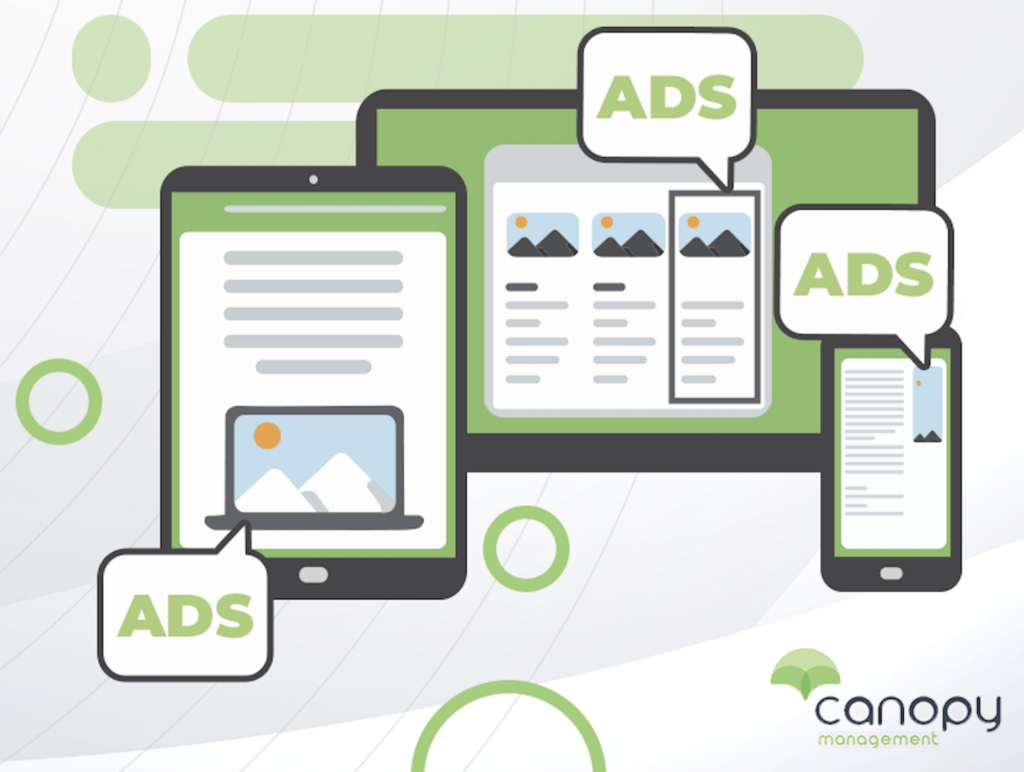
Marketing and Advertising Goals
Before you begin your advertising campaigns, it’s essential to define your marketing and advertising goals. These goals will help you determine the best strategies, the type of ads, and the resources you need to achieve your goals. It also means that you can accurately measure the success of your Amazon marketing initiatives.
One way of looking at a basic marketing funnel is to imagine four stages:
- Brand Awareness
- Consideration
- Conversion
- Loyalty
For each of these goals, you’ll have a different set of objectives and will need to evaluate a different set of key metrics to determine your overall success.
A common mistake is failing to look beyond top-line revenue to really drill down to see how effective your campaigns are at each stage of the funnel.
Brand Awareness
Do you want to come out on top of your Amazon product niche, or category? If that’s the case, your brand needs to be the first one that comes to mind when potential customers are looking to buy a product like yours.
Establishing your brand as a trusted, go-to business instills confidence and makes shoppers more likely to convert at the lower end of the marketing funnel.
Conversion
At the end of the day, it’s all about the bottom line. You’ve done the work to increase your Amazon SEO, now it’s time for that work to pay off.
In this stage, you’re focusing on creating ads targeted at customers moving from the consideration stage to the buying stage or ads that increase sales.
Loyalty
For brands that sell replenishable items, there’s a huge opportunity on Amazon to encourage repeat purchases through Subscribe & Save. Also, if you sell a large catalog of related products, there’s potential to cross-sell those products to your existing customers with an Amazon “virtual bundle.”
This is the loyalty stage of the marketing funnel, and it’s where you can potentially drive a stable stream of recurring revenue for a small amount of Amazon PPC ad spend.
Customers at this stage of the marketing funnel have already purchased from you and are familiar with your brand. That means you can shortcut the amount of time and money you’d usually invest instilling trust and confidence in your product through brand awareness and consideration campaigns.
Key Advertising Metrics for Measuring Your Results
Amazon provides a range of tools and reports to help sellers analyze their campaign performance and measure success. It’s important to keep up to date with the Amazon’s most recent updates.
(At Canopy Management, we’re constantly monitoring the Amazon and greater e-commerce ecosystem. Make sure to check in here for the latest news.)
Once you’ve set your campaign in motion, you’ll receive auto-generated reports from Amazon that provide insight into the sales data of your advertised products and the performance of your individual campaigns.
With these advertising analytics, you can get a bird’s eye view of your performance and identify successful tactics to increase conversions and optimize your campaigns.
Depending on your current advertising objectives, some of these metrics may be more important to you than others.
For example, you’ll probably hear a lot of people giving tips to lower your Advertising Cost of Sales (or ACoS). While high ACoS is certainly something to watch out for in general, if your goal is to rapidly build sales velocity (like for a new product launch), you may be willing to spend a little more in order to get more sales.
Let’s take a closer look at a few important advertising metrics and their definitions.
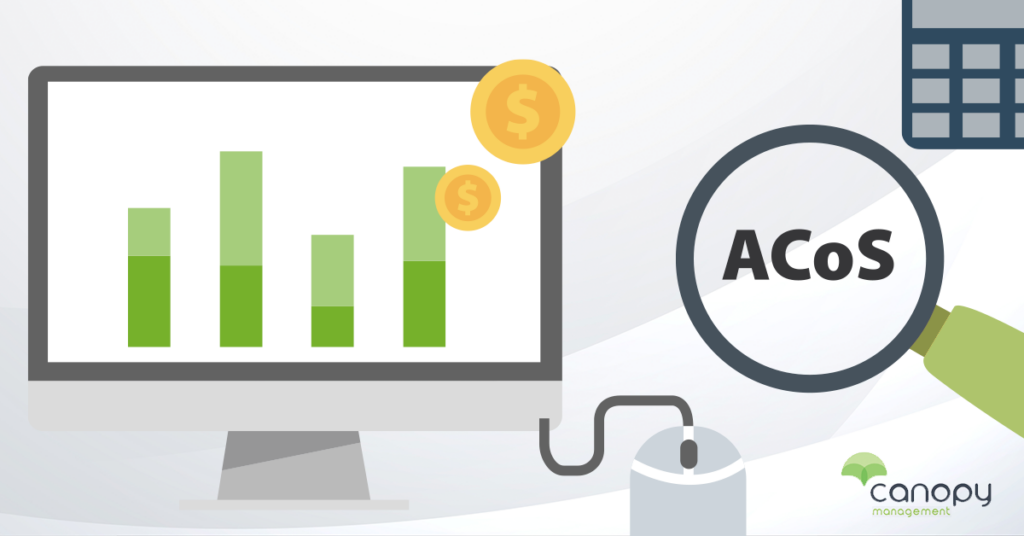
Advertising Cost of Sales (ACoS)
Refers to the percentage of your revenue that was spent on advertising.
- This is a measure of advertising efficiency that tells you how much you spent to produce a sale.
- You can calculate ACoS by dividing total ad spend by total sales. For example, if you spent $100 on your advertising campaign and earned $1000 in sales, your ACOS would be 10% (i.e., $100/$1000= 0.10).
Attributed Sales
Total product sales generated within one week of clicks on your ads (Campaign performance reports also provide data on the individual sales totals for both advertised products and other products.)
Clicks
The number of times shoppers clicked on your ad.
Click-Through Rate (CTR)
Measures the percentage of ad impressions that result in clicks.
- CTRs help marketers measure keyword relevancy for their ad campaigns.
- CTR is calculated by dividing clicks by impressions (i.e. CTR = Clicks ÷ Impressions).
Impressions
The number of times your ads were shown to potential buyers.
New-to-Brand Metrics
Measure customers buying your product or brand for the first time on Amazon over the past year, which allow you to determine whether an existing customer or first-time customer made an ad-attributed purchase.
- Total new-to-brand purchases and sales
- New-to-brand purchase rate
- Cost per new-to-brand customer
Profit Margin
This is how much you have left after deducting your per-unit cost from your price.
- ACoS and RoAS alone aren’t enough to find the right advertising budget for your business. You’ll also need to consider how other factors impact your profit margin.
Reach
Total number of shoppers who have seen your ad on any screen or web page.
Return on Ad Spend (RoAS)
This number refers to how much you earn for every dollar spent on advertising.
- While ACoS shows you how much you spend on ads for every dollar you make from sales, ROAS is the opposite.
- RoAS is calculated by dividing the Total Ad Revenue by Total Ad Spend. Using the same example mentioned above, your ROAS will be 10:1 (i.e., $1000/$100).
Of course, the key metrics that you will focus on are going to be determined by your Amazon PPC campaign marketing goals and objectives.
For example:
| Marketing Goal | Objective | Key Metrics |
| Brand Awareness | Increase advertising reach to attract new customers to my brand |
|
| Consideration | Make customers more likely to consider my product when they are weighing their options |
|
| Conversion | Drive more sales for my product as efficiently and effectively as possible |
|
| Loyalty | Drive recurring revenue by turning one-time buyers into loyal, repeat customers |
|
Amazon PPC Advertising: What Are Your Options, and How Much Should You Spend?
Amazon PPC advertising has a number of self-service and managed service advertising solutions for sellers and brands, including:
- Sponsored Product Ads
- Sponsored Brand Ads
- Sponsored Display Ads
Depending on what types of ads you use and how you deploy them, your expected ad costs will change. With that in mind, let’s review the major types of Amazon ads and dig into how much they typically cost.
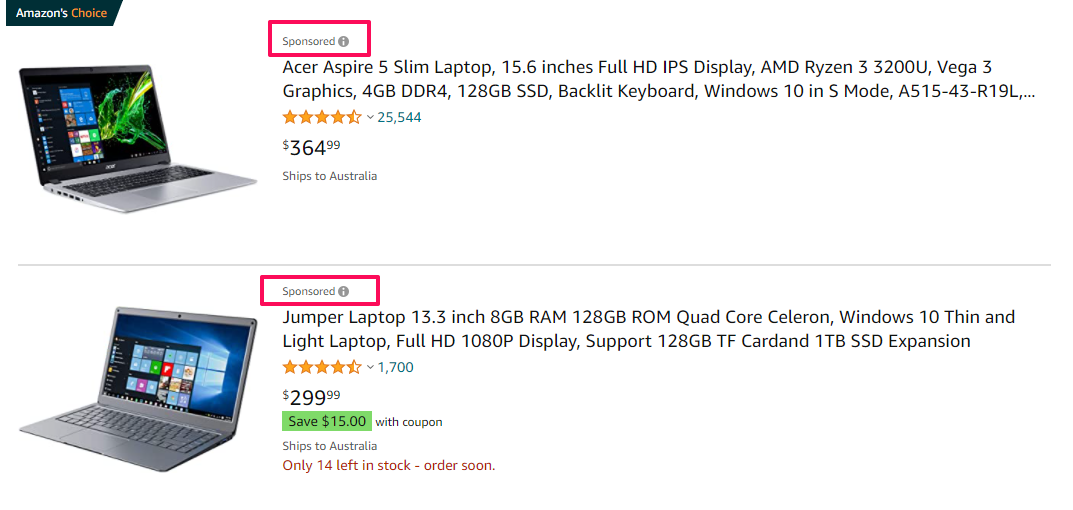
Sponsored Product Ads
Sponsored Products Ads are PPC ads that help sellers get their product listings in front of shoppers searching for similar products. With this ad type, buyers will discover and purchase your products that appear on product pages or in shopping results.
An advantage of this ad type is that it doesn’t look like an ad, aside from a small “Sponsored” tag at the top of the listing. It fits perfectly into relevant search results and helps to enhance shoppers’ experience (rather than distract from that experience).
Because of this, Sponsored Product Ads are versatile and can be used to achieve a range of marketing goals such as:
- Driving traffic to product listings
- Generating sales
- Launching new products
- Clearing excess inventory
Who Can Use Sponsored Product Ads?
Sponsored Product Ads are self-service ads that you can manage yourself or hand off to a trusted Amazon advertising agency or consultant.
Sponsored ads are available for anyone selling on Amazon, including vendors, professional sellers, brands, agencies, book vendors, and Kindle Direct Publishing (KDP) authors.
How Much Do Sponsored Product Ads Cost?
The minimum budget for self-service Sponsored Product Ads on Amazon is $1, and because they’re so versatile, their cost-per-click can be anywhere from a couple cents to a few dollars depending on the level of competition in your niche or for a particular placement.
Sponsored Product Ads are the backbone of Amazon advertising. They’re able to support most advertising goals and can be extremely profitable if you know how to use them. This versatility is why many Amazon pros begin by placing a significant portion of their total ad budget into Sponsored Product Ads.
If you’re just getting started, Sponsored Product Ads will likely be the only ad type you use, and it’s a good idea to master it before you move on to Sponsored Brand and Sponsored Display Ads.

Sponsored Brand Ads
Sponsored Brands Ads help sellers boost brand visibility and showcase their range of products.
Historically, Amazon Sponsored Brand Ads have featured prominently at the top of related search results, but over the last few years, Amazon has expanded potential placements to include spots at the sides or bottom of the search results page or on a product detail page.
These self-service ads for marketers and brands appear in shopping results and feature a custom headline, your brand logo, and selected product portfolio.
Based on where a shopper clicks on an Sponsored Ad, they could be redirected to a few different across Amazon. If someone clicks on your brand logo, they’re redirected to your store or landing page. If they click on a product in the ad, they’re redirected to that product’s detail page.
Sponsored Brand Ads are great for any business that wants to grow brand awareness and build a bigger customer base.
If you have an emerging Amazon business, Sponsored Ads can help improve brand recognition to build confidence in your audience.
On the other hand, if you have an established brand, Sponsored Brand Ads can help you retain buyers and increase brand loyalty. Sending customers to your store creates an opportunity for them to find additional products that they may be interested in. This is especially great for brands that have a catalog of closely-related products.
Who Can Use Sponsored Brand Ads?
Sellers, vendors, agencies, and book vendors can all use Sponsored Brand Ads. However, your brand MUST be brand registered with Amazon.
How Much Do Sponsored Brand Ads Cost?
With Sponsored Brand Ads, you can set a lifetime campaign budget of anywhere between $1-$20,000,000, and the minimum bid for a Sponsored Brand Ad is $0.10.
Sponsored Brand Ads, in particular, tend to be highly competitive, which generally makes them more expensive than Sponsored Product Ads. Like other Amazon PPC ads, advertisers bid the maximum amount they are willing to pay when shoppers click an ad for their product, so you need a competitive bid in order to win the auction.
That’s why Sponsored Brand Ad spend shouldn’t make up the majority of your budget and should be used strategically to get the most value from your ad dollars.
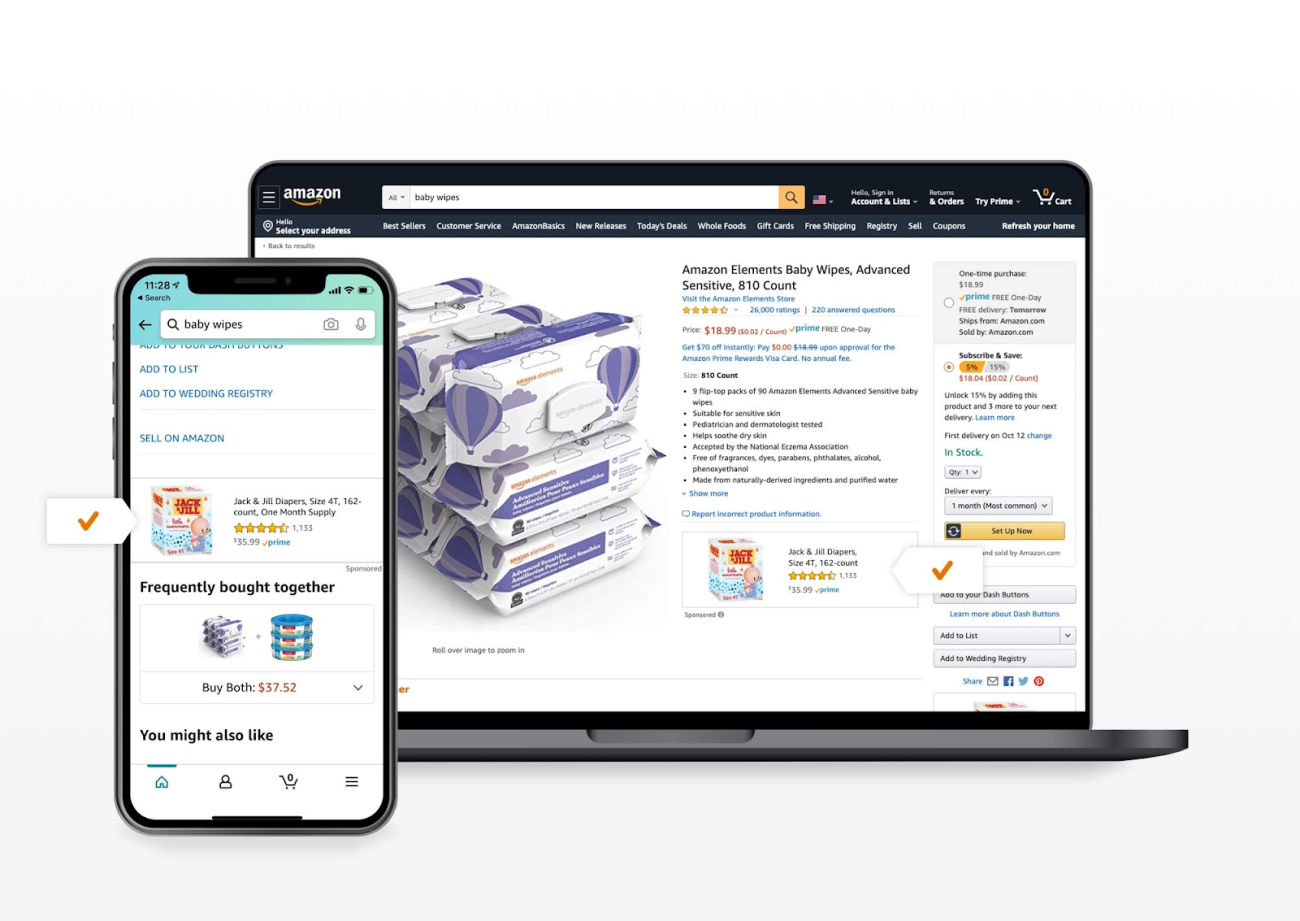
Sponsored Display Ads
Unlike Sponsored Product Ads and Sponsored Brand Ads, Sponsored Display Ads can show up all across the internet-not just on Amazon! They can appear on the Amazon home page, shopping result pages, product detail pages, and third-party websites and apps.
To keep products top-of-mind, brands use Display Ads to reach potential customers across multiple channels using auto-generated ad creative that prominently features their product along with elements of Amazon’s own branding (like star-rated and the recognizable “add-to-cart” button).
In addition to off-Amazon placements, another key advantage to using Sponsored Display Ads is their audience targeting capabilities:
- Audience Targeting: Promote your product to audiences whose Amazon shopping behavior makes them prime candidates for buying your product.
- Product targeting: Put your product in front of shoppers who have browsed products or related categories of yours or your competitors.
Who Can Use Sponsored Display Ads?
Sponsored Display Ads are available to vendors and professional sellers who have enrolled in Amazon Brand Registry and agencies whose clients sell products on Amazon.
How Much Do Sponsored Display Ads Cost?
Sponsored Display ads are bought either on a CPC (cost per click) basis, so marketers can control how much they spend. Sponsored Display Ads are retail aware, so you won’t waste ad spend showing ads for products that are out of stock.
When you begin a Sponsored Display Ad campaign, you’ll set your bid and budget. You can bid as little as $0.02, and you can set your budget as low as $1.00.
Setting an Advertising Budget
Your advertising budget, simply put, is the maximum amount of money you want to spend on your campaign. Again, this should be backed by a clear marketing goal and strategy.
While some brands spend hundreds of dollars every month, others invest thousands of dollars. On average, brands who launch sponsored ad campaigns with a budget of at least $5 increase sales by up to 140% attributed to advertising compared to businesses who set budgets lower than $5.
Before you set your budget, think of the results you want to achieve, how much you can spend, and the campaign duration. If you’re going to achieve positive results, you should set budgets that fit your unique business needs and expected campaign results.
Understanding Amazon Bids
Your bid is the amount you are willing to pay to have buyers click on your ad. Amazon Advertising allows marketers to use dynamic bidding or fixed bidding or bid based on ad placements.
Dynamic Bidding
When you choose automatic or dynamic bidding, Amazon automatically adjusts your bid based on how likely your ad is to convert. These dynamic bidding options are split into two categories:
- Dynamic Bids – down only: Amazon will automatically decrease your bids by up to 100% if the algorithm decides that your ad is less likely to convert.
- Dynamic Bids – up and down: If it determines that your ad will likely convert, Amazon will raise your bid in real time by up to 100% for 1st page, top-of-search placements and by up to 50% for other placements. Similarly, Amazon will lower your bids if they are less likely to convert.
Fixed Bidding
If you choose the manual or fixed bid, your bid will remain as exactly what you select, and Amazon will not dynamically adjust it based on likelihood of conversion. What you see is what you get.
Bid By Placement
Amazon allows sellers to bid for specific ad placements, including the top of the search results page, product page, and rest of the search results page.
- Top-of-Search is the most competitive spot. Your ads will appear on the first page and top row of search results.
- Product Page placement means your product will appear on product detail pages, add-to-cart pages, “Sponsored Products Related to this Item,” and other placements.
- Rest of Search refers to other placements after Top of Page, including subsequent pages.
You can adjust your bids for these placements up to 900%. For example, if you choose Top-of-Search with a $1 bid and apply a 50% adjustment, Amazon will increase your bid to $1.50 to give you the Top-of-Search placement.
What’s the Best Bid Strategy for Amazon Sellers?
Unfortunately, there is no ONE best strategy.
Dynamic bidding (down only) can help you save money at times when your ads aren’t likely to convert. If you want to reduce ad costs, chances are that this bidding strategy will be your best bet. If you’re testing a new campaign, consider using Fixed Bid the first 2 weeks to ensure your ad gets shown.
When it comes to Amazon’s other dynamic bid option (up and down), you should be careful. While you may want to try it out for especially competitive markets, it’s very easy to overspend for so-so results with this bidding strategy. That’s why it’s essential to keep a close eye on your bids if you choose this strategy.
For manual bids, Amazon will apply your bid to placements whether they will convert or not. The downside of this strategy is that you may end up overpaying for just a few clicks.
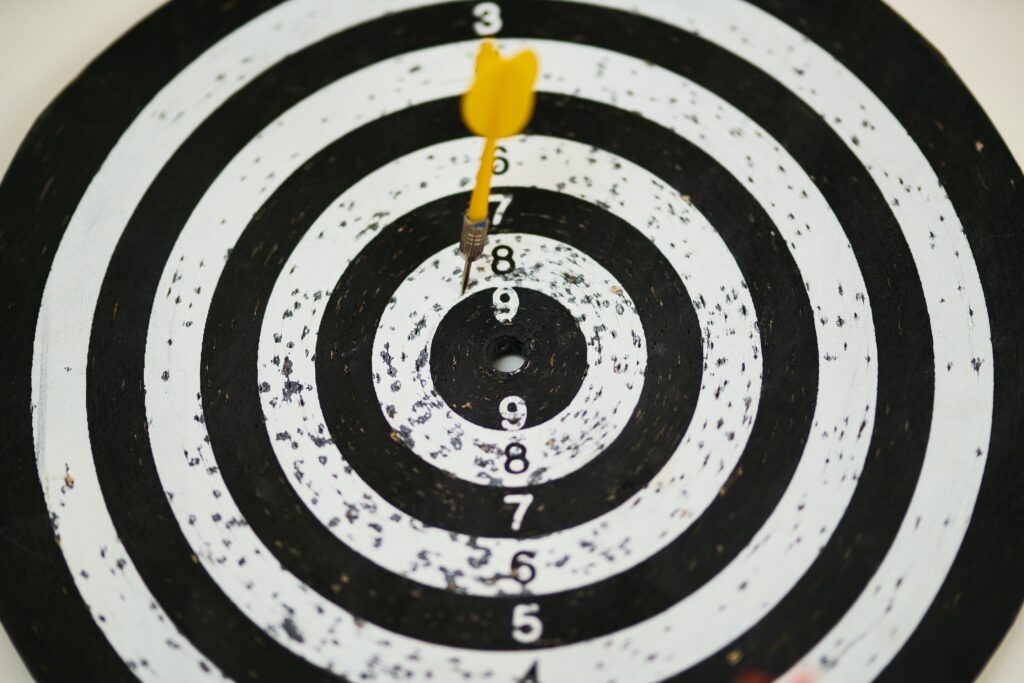
How Do Targeting Options Affect Advertising Cost?
Advertisers use Amazon keyword or product targeting to determine where their ads appear. Your chosen targeting options influence where your ad’s placement and the shoppers who will see (and hopefully, click!) on your ad.
Based on the keywords or products you want to target in your Amazon advertising strategy, your costs will change.
Keyword Targeting
Keyword targeting allows advertisers to choose keywords related to their product to determine which search queries they might appear for.
For example, if you’re selling a phone case, selecting the keyword “phone case” means your ad will appear in search results and detail pages when a customer searches for a product with the search term “phone case.”
Now, there are other considerations like keyword match type that will influence how Amazon matches your chosen keywords to a customer’s search queries, but for the most part, this is how keyword targeting works.
Successful keyword targeting campaigns help to drive impressions, ad clicks, and sales. If you don’t use the relevant, profitable keywords, you may get fewer clicks and conversions. On the other hand, if your keywords are irrelevant to what the shopper is looking for, you’re likely to waste ad dollars without conversions.
The targeting options available to your business depend on your ad campaign type. Keyword targeting is available for Sponsored Brand and Sponsored Product Ads.
At Canopy Management, we research all relevant keywords, popular search terms, and the best keyword match types to help you drive conversions and achieve your advertising goals.
Product Targeting
Product targeting allows you to engage audiences that are searching for products or categories that are similar to yours.
This targeting option lets sellers target products or categories individually or target a combination of brands or categories in the same ad campaign. You can select categories, brands, and ASINs that are relevant to your ad.
Product targeting is available for Sponsored Brands, Sponsored Products, and Sponsored Display campaigns.
Automatic Vs. Manual Targeting
While configuring your campaign, you’ll be faced with yet another choice: Manual vs. Automatic Targeting.
So, what’s the best strategy to achieve your desired results?
Automatic targeting means that Amazon automatically chooses where your ads appear. Many advertisers use this targeting strategy to research relevant, high-converting keywords and ASINs.
Once Amazon sellers have gathered this information, they’ll transfer high-performing keywords and ASINs into manual campaigns for better control over their advertising results. That’s because manual targeting gives advertisers more control over their targets, bids, and ad spend.
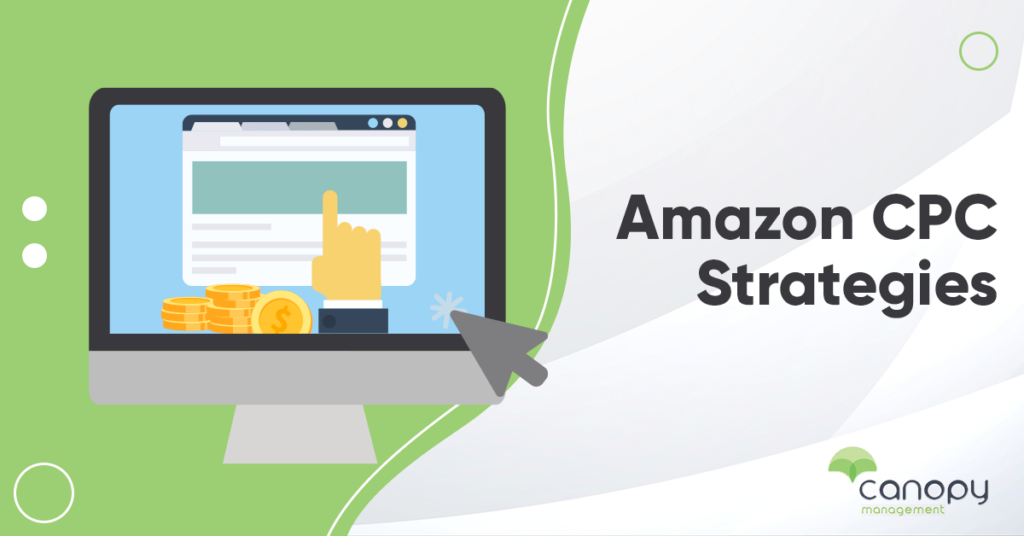
What’s the Ideal Cost-Per-Click (CPC)?
Cost-Per-Click (CPC) refers to the average amount you pay every time shoppers click on your PPC ads. It is calculated by dividing the amount of money spent on ads by the number of ad clicks.
Amazon PPC works as a “second-price” auction. That means you’ll never pay over $0.01 more than the next highest bidder. For example, if you bid $5 and the next highest bid was $2.00, it means your PPC would be just $2.01, not $5. Like any auction, the price you are willing to pay may be higher or lower than what the next bidder wants to pay for the same keyword/placement.
Whichever advertiser is willing to pay the most is the one who wins. Whether or not that bid is actually worth it is up to you to figure out.
Although the highest bidder has a better chance of winning the auction, you should aim to have a lower CPC because it directly translates to a higher return on ad spend (ROAS).
What’s the Best Average CPC for Your Brand?
Advertising cost is not static. It depends on your niche’s competition level, your own targeted profit level, and your campaign budget.
Bidding wars are common in competitive industries or for competitive keywords. That competition will naturally drive up the price for keywords and placements.
And competition isn’t the only thing that matters.
Most of us do not have unlimited ad budgets. While having a higher budget means that you can afford to play in highly competitive markets, the majority of us need to figure out an effective way to stretch a budget to achieve realistic results.
The amount you have to spend will determine your ideal keyword and bidding strategy, which in turn will affect your CPC.
An Amazon advertising agency, like Canopy Management, has the expertise to evaluate your account and figure out how much to bid in a given campaign and how to make that spend go farther to achieve your unique business goals.
Experienced Amazon ad specialists can help you develop PPC strategies that will work best to maximize your budget and deliver significant results.
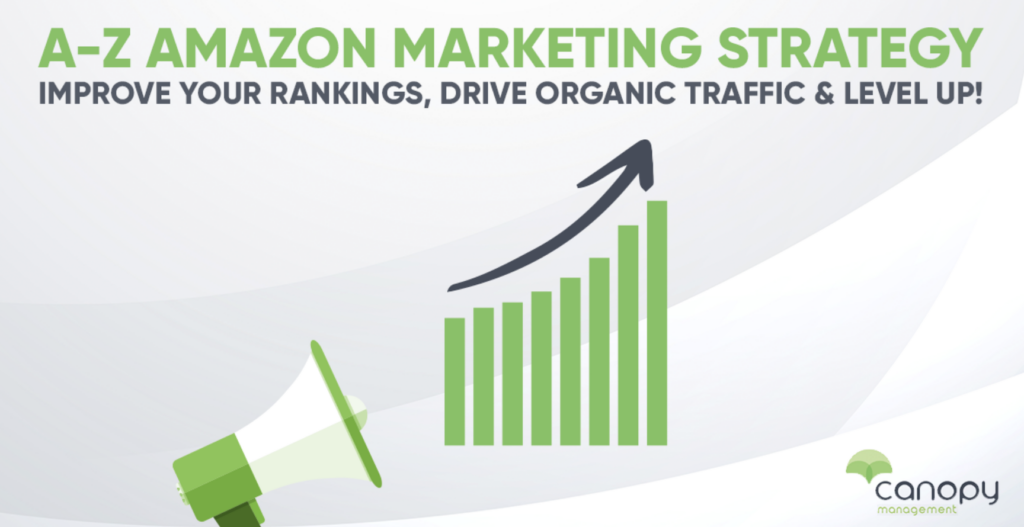
How Canopy Management Can Help
Because Amazon offers such a wide range of advertising solutions and options to help marketers boost product visibility and grow sales, there are many different variables that will impact your Amazon PPC ad spend.
These costs aren’t static. They depend on factors like marketing goals, chosen ad type, targeting, bids, and budget.
Your budget should change to match your marketing goals as the needs of your business evolve. At different times, you’ll need different outcomes from your ad campaigns, including:
- Lower overall advertising costs
- Improved product visibility and sales
- Increased profitability
That’s why it’s vital to continuously track and make adjustments to your ad campaigns and make sure they’re consistently delivering the right results at the right cost.
Canopy Management is here to help you do just that. If you’re struggling to manage your Amazon PPC ad budget, then partner with our team of Amazon insiders and experts to help you achieve (and exceed) your Amazon goals.
If you would like to level up your Amazon digital marketing and explore Amazon Demand-Side Platform advertising, we have a robust team of DSP experts ready to help!
Canopy Management is a full-service marketing agency for Amazon and Walmart sellers. Our team consists of former Amazonians, multi-million dollar sellers, and award-winning experts.
When you consider the many ways that Canopy Management can help you grow your business, you’ll see why selling on Amazon is much easier “under the Canopy”
- Strategic Growth Planning
- Listing Copywriting Optimization
- Listing Photography
- Product Videography
- Advertising Management
- Customer Service
- Demand Side Platform (Amazon DSP)
- Amazon Posts
- Full Service Management
- Amazon Review Aggregation
